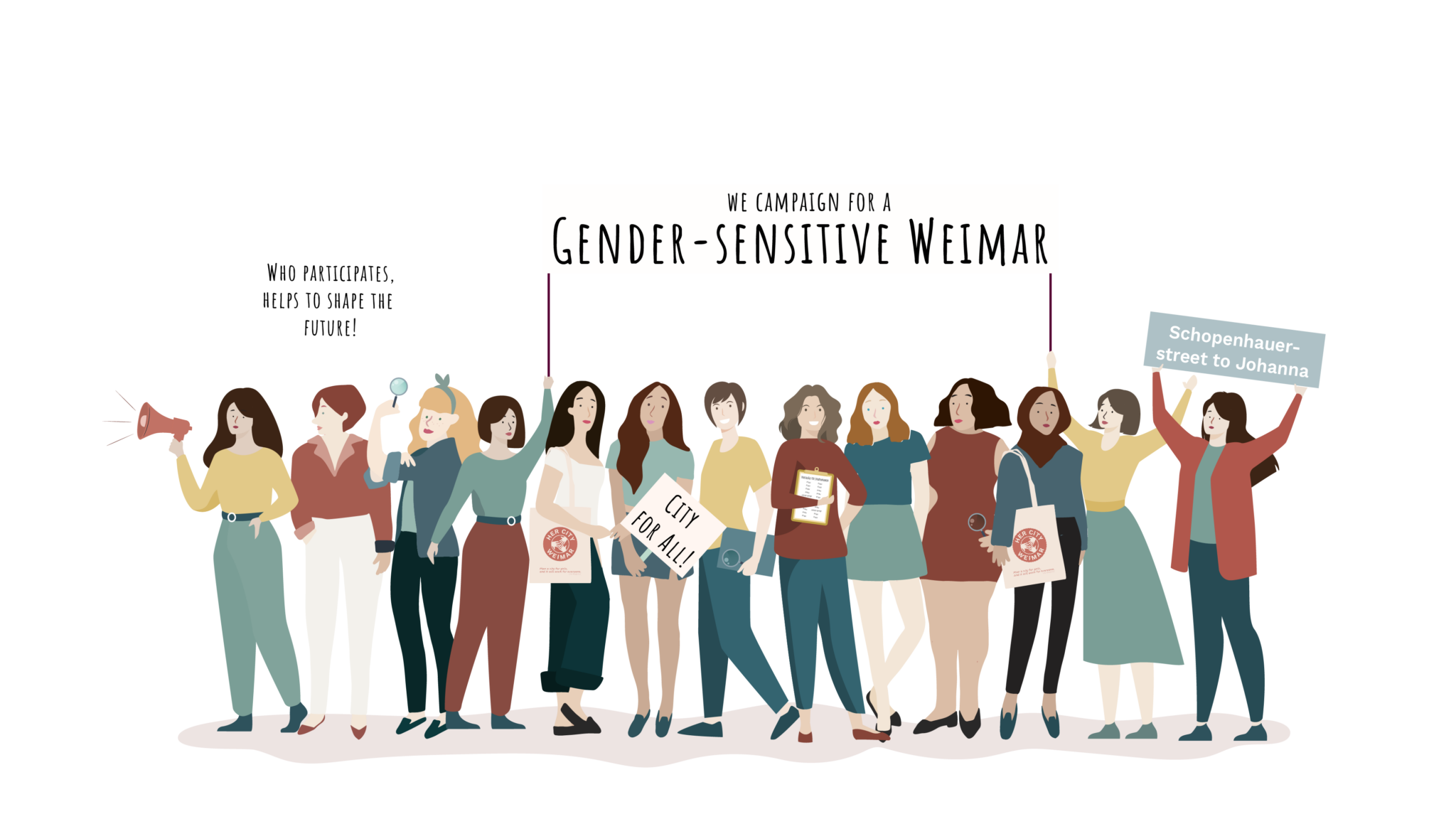
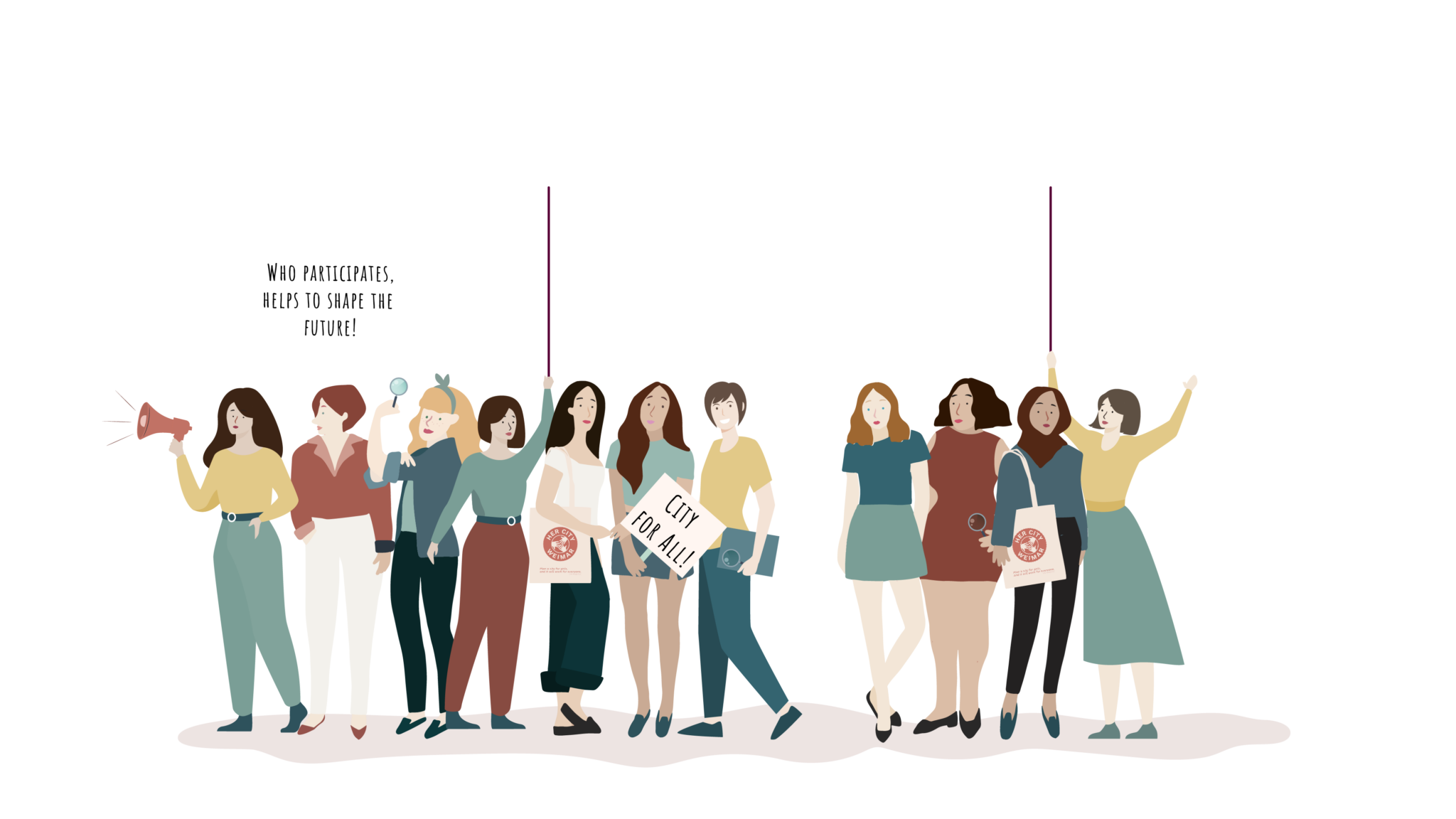
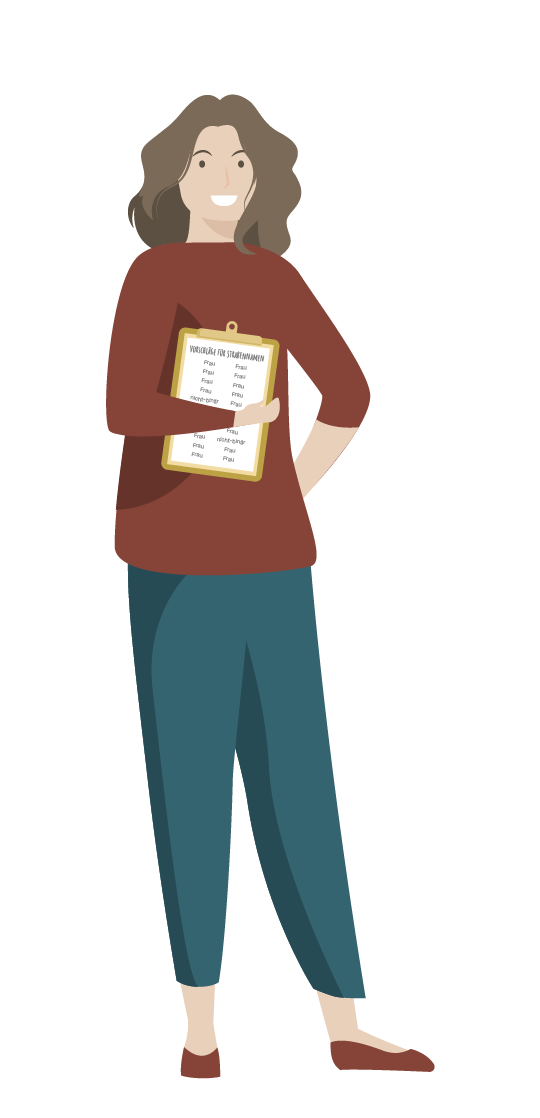

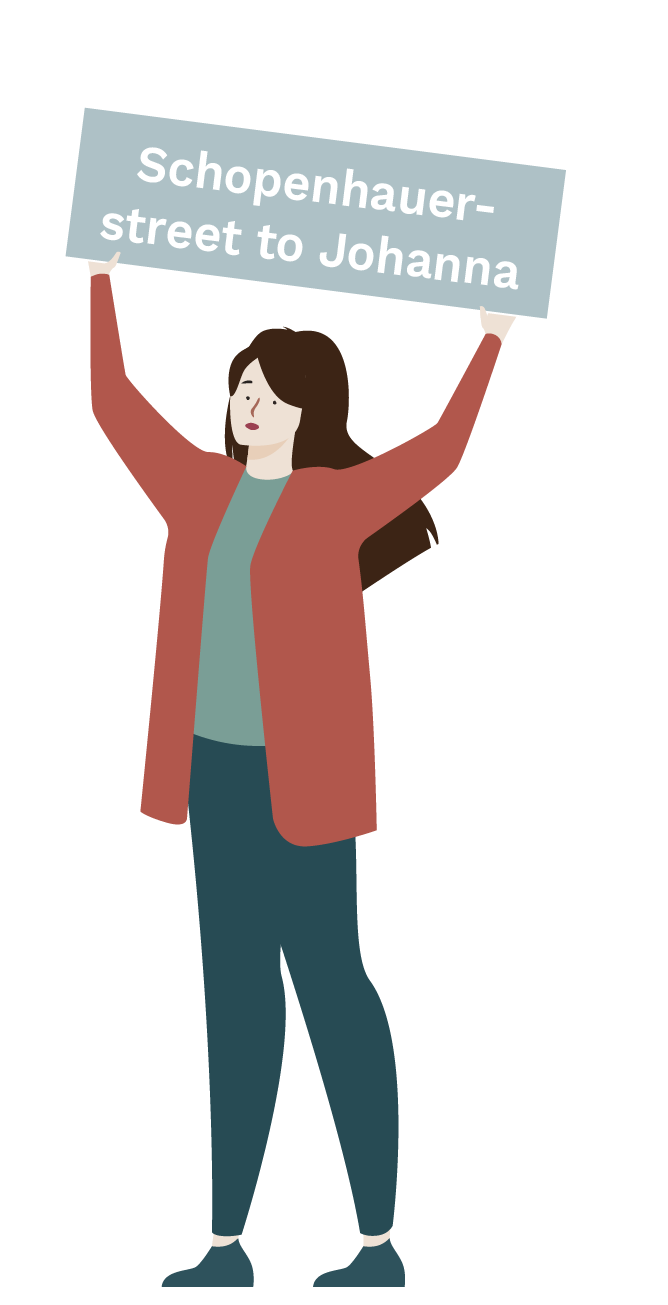
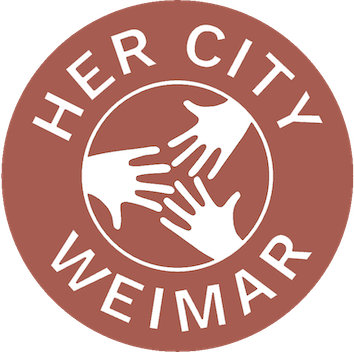
Gendersensible Stadtplanung nach den Prinzipien der Stadt für Alle





UN Habitat

By 2050, two-thirds of the world’s population will live in cities (Szmigiera 2021). Therefore, their design is the central challenge for our future of living together.
We aim to create livable, high-quality spaces of equal accessibility to all. Therefore, we asked ourselves: How can cities be designed so that they meet the needs of all their residents?
Following the guiding principle of the UN-Habitat, we focused on young women*. As an example, we examined the city of Weimar from their perspective.
Why is participation essential in the development of public spaces?
Why is the appreciation of women* in public space significant?

Hello, we are Lia and Lisa, two architecture students at the Bauhaus University Weimar. HerCity Weimar made us more aware: Buildings should not get planned as individual objects but as parts of an integrated urban organism. In particular, the potential for sustainable architecture and urban planning exists in the lively interstices and flowing transitions between public and private.
From the start, we were thrilled by the idea of not just developing utopias and concepts but leaving our mark on a city for the first time. It is clear: We want to contribute to a positive future!
Our work relies on constant exchange. We believe that we can achieve more together. That’s why we got in touch with numerous people, associations, and initiatives and built up a network. Open communication and harmonic cooperation were enormously important to us.
That is the first step towards a City for all!


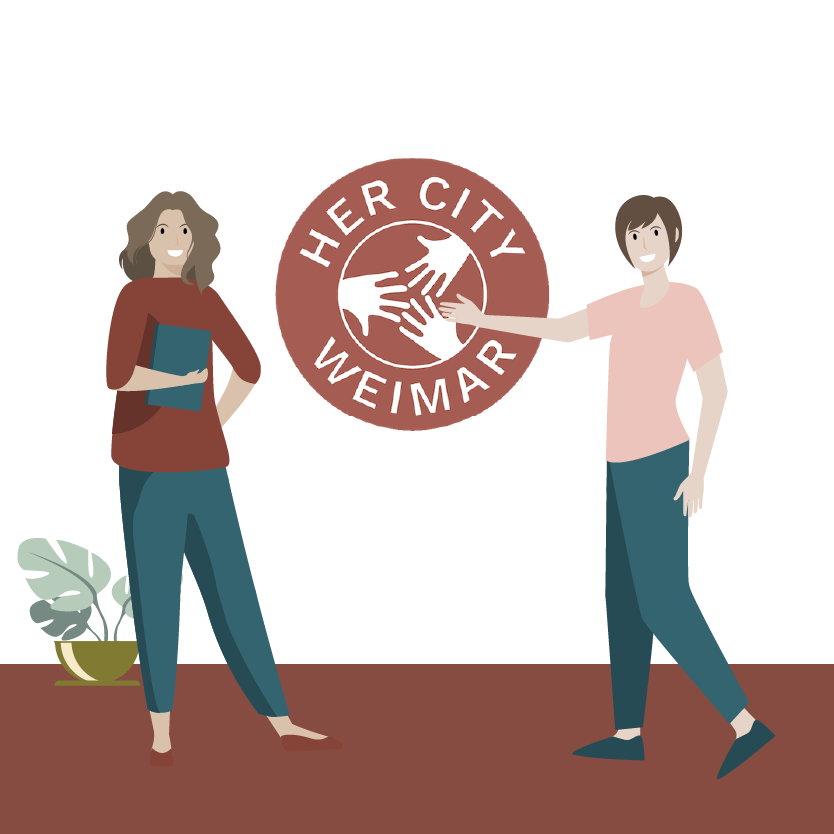
Almost no city currently measures gender-sensitive data. For a solid basis of relevant facts, we got active ourselves. On the one hand, we asked young women* for their opinions and observed the behavior of residents in our city spaces. On the other hand, we have read many articles, pored over books, and listened to podcasts. Whether in data collection or research: women* are in our focus.

HerCity Weimar 2022
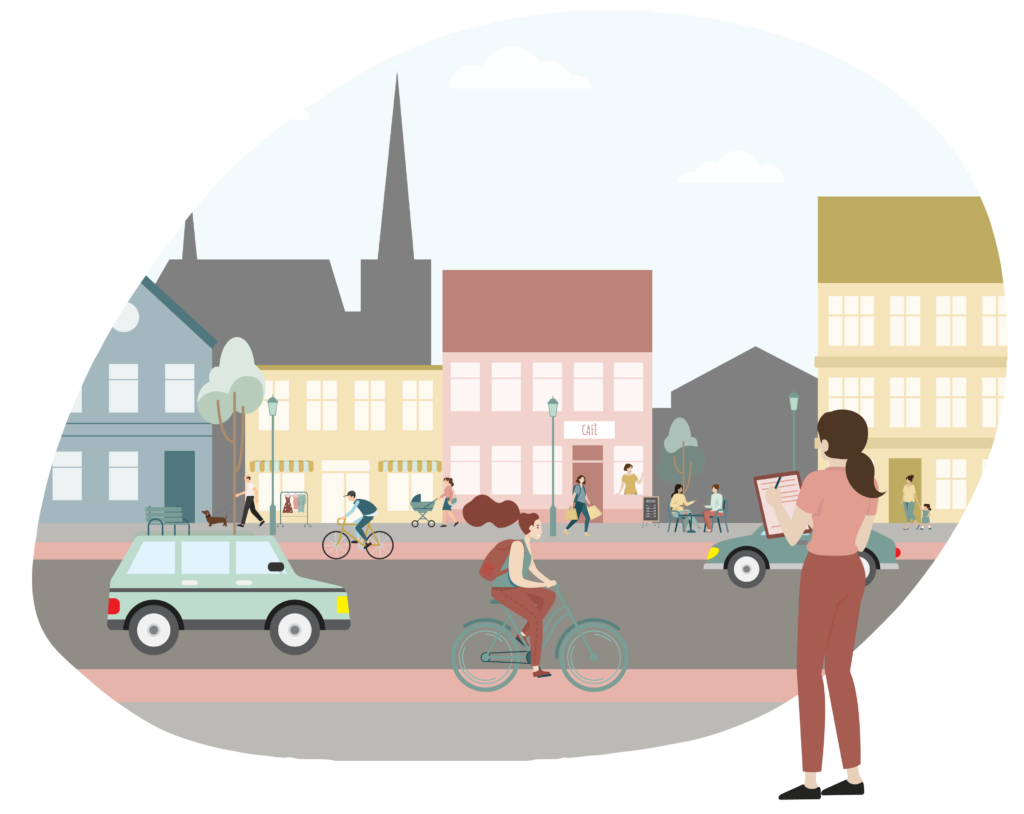
Based on our research, we have developed five basic principles of the City for All. With three simple questions in each instance, it is possible to identify. How livable is the city, and where is still a need for action?
Our evaluation form is universally applicable to all cities – neighborhoods and district levels, individual squares, and city streets.
Made at the tip of Africa. ©